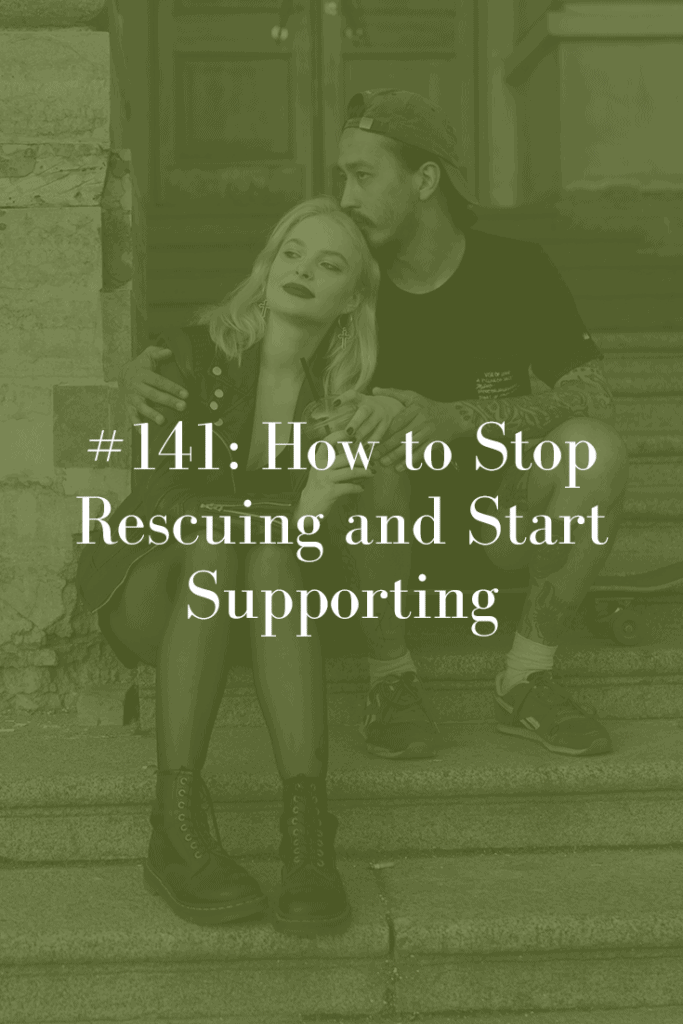
Want to read the more in-depth version? Click here to read the blog!
I’ve got a quick quiz for you: Do you think you know what’s best for others and do stuff for them even when they didn’t ask? Do you put in more time and effort thinking about your partner’s issues than they do? Do you feel like others don’t appreciate what you do and get resentful? Do you have trouble relaxing if someone you love is unhappy? If you’re answering “yes,” you are likely a rescuer and it’s keeping you stuck, disconnected and dissatisfied in your relationships. As always, I’m here to help. Today you’ll learn my four simple steps to stop rescuing so you can start truly connecting and supporting the people in your life.
To help you understand, I’m going to walk you through a real-life example that I’ve no doubt you’ll relate to. Listen to the podcast (above) or click here to hear about the problem Jack and Diane were experiencing.
So, let’s look at what happened.
- This arguing was making Jack anxious and uncomfortable, so he was having fear-based emotions but he never spoke to them (more fear)
- Being a conflict avoider, he went with the dismissive, minimizing and fear-based response: “Let’s all relax and have a nice dinner” and “Let’s change the subject.” Again, he wasn’t honest about what he was feeling so nothing changed. Remember, you’ve got to connect to correct. You connect with vulnerable, real feelings. Since he wasn’t giving them these, they weren’t OK with being “corrected.”
- He wasn’t honest. He wasn’t vulnerable. When things weren’t going like he wanted, he felt helpless (more fear) and left the table; abandonment is all about fear.
- Yelling at his mom was fear-based obviously. And he was rescuing Diane instead of supporting her. People need to stand up for themselves, but know that you’re there for them and have their back when they do.
- This is putting Diane in a bad light as he was the knight in shining armor and she’s the damsel in distress who can’t speak up for herself – the mom resented it and so did Diane.
In these situations, you’ve got to come from a love-based emotions: compassion, kindness, patience and vulnerability, not from the fear-based emotions: avoidance, dismissiveness, minimizing, deflecting, anger, attacking, defensiveness or anxiety.
What to do instead:
Step 1: Notice yourself in the moment and be in the here-and-now.
Step 2: Identify what you’re actually feeling.
Step 3: Share how you’re feeling – be vulnerable.
Step 4: Be in love solidarity, not fear solidarity.
RESOURCES
The Secret to Making Boundaries, Not Walls
Boundaries: How to Make Them, How to Hold Them
Don’t SAC! 8 Rules to Giving Great Feedback












